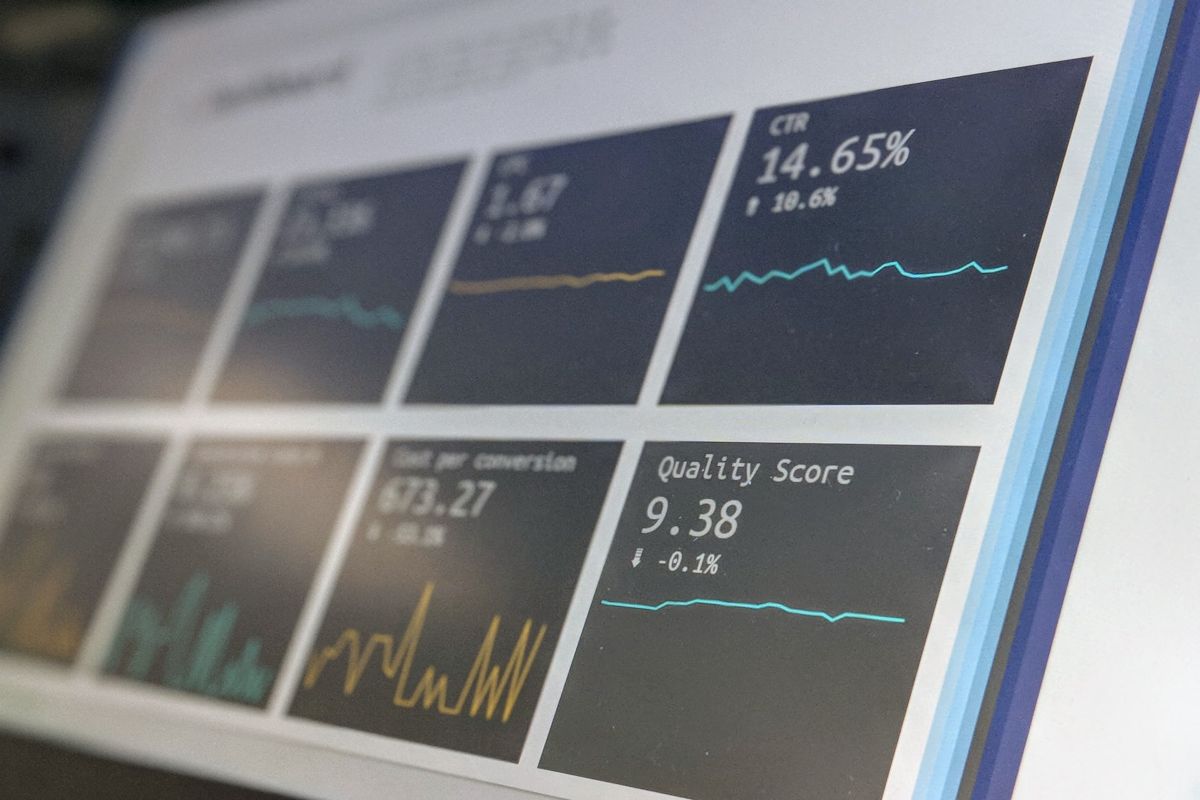Turn of the century saw a lot of changes. Introduction of the high-speed internet was at the center of it all. This innovation came with immense opportunities.
These opportunities opened doors to a lot of information. The information bank or database was crude in form. A junkyard of lots of wonderful pieces. Only these pieces were not junk. They were but pieces of a jigsaw puzzle.
All this with no use had no meaning. Combining it together was a huge task. Before the intermingling could begin, storing it was a real trouble. To look into all the concerns regarding data came with an opportunity. This opportunity required hard work and attention. The outcome was the discipline of data management.
Data Management
Data management is managing information generated by an organization. Development, execution of processes, architectures, policies, practices, and procedures help with data management.
Effective data management has seen a rise in importance in recent years. Compliance and regulation like GDPR are the main cause of this rise in importance. These regulations are an outcome of a large increase in data, its storage, and their capacity. The growth does not seem to be taking a break. IDC predicts the generated data around the globe will hit the heights of 35000 exabytes by 2020.
Data management comprises of the following:
- Data Security
- Sharing of Data
- Data Destruction
- Data reference and data master plan
- Warehousing and business intelligence Data management
- Document and record storage
- Records management
- Data governance
- Data architecture
- Database management
- Contact data systems
7 Data Management Tools

Now that we know what data management is and what it entails. It is time for us to move onto tools to help you grow.
1. PowerCenter Informatica
PowerCenter Informatica is a product introduced by Informatica. It is made to be used by organizations. It helps organizations with their data integration needs and it provides its users with a lot of flexibilities.
Similarly, it has the potential of changing gears and up the game. It is not only scalable but also a high-performance product. What makes it more interesting is its easy availability. This is why it is popular among the Data Analytics fraternity.
It is capable of managing a wide range of data integration activities. This is one of many reasons of its popularity. It is especially popular with data marts and data warehouses. Reason? The simple process to get the job done.
PowerCenter Informatica is also known to have the ability to combine the business aspect of the companies with the IT part.
The major features are as follows:
- Data Masking
- Metadata management
- Seamless recovery
- Dynamic partitioning
2. Pentaho Business Analytics
Pentaho Business Analytics focusses on diffusing problems around Data Integration. Its aim is to provide business analytics in a single seamless platform. This open source software can be the next big thing.
It is easily available and easy to use. This embeddable platform is the reason it can handle all requirements. No matter how diverse, Big Data projects or anything else along those lines, bring it on! To top it all up, Pentaho regularly updates, innovates and adds features to this modern and integrated platform.
Pentaho also happens to be the first major vendor to introduce a big data analytics tool. It was merely the beginning. The lead that they made is still with them. They continue to be the leaders in big data analytics.
The innovation and constant struggle have bear fruits for them. They have been able to capture a big chunk of data analytics customers. Their product may be simple but is very useful. It saves a lot of tie-in designing and using big data analytics solutions. Industries like finance, retail, and healthcare use Pentaho’s product.
3. Skytree Server
Skytree Server is an AL-based machine learning program. It is meant to replace SQL databases. It takes unstructured data and crunches it faster. This fast processing makes it famous among businesses.
Its learning algorithms are dynamic. Multiple industries like sales, fraud detection, and astronomy etc use it. Forecasting is about making the right predictions. Skytree Server’s predictive behavior is one of the best in forecasting future trends.
The application is self-learning. It automatically adjusts the algorithms through its machine learning techniques. Not sure about it? Use its free trial version before taking the dive.
4. SAS Data Management
This program helps to monitor, cleanse and secure data. It also helps to improve the quality of the data. SAS Data Management helps to extract, deploy, transform and load architecture to enhance native source and target platform capabilities.
It comes with a built-in 300 SQL-based transformations which have the ability to insert, merge and delete data. This can be done from different targets and sources.
5. D3.js
D3 is a javascript library. It helps to produce dynamic and interactive data visualizations in web browsers. D3 is also known as Data-Driven Documents. It operates using CSS and HTML5 standards. D3 utilizes modern browsers abilities to come up with stunning graphics. Its emphasis on web standards allows businesses to avoid binding to any proprietary network.
D3 allows businesses to attach complex data to a Document Object Model (DOM). It then applies Big Data-Driven transformations to the document. This data based manipulation helps D3 to solve complex problems.
6. Highcharts
Highcharts is one of the most famous Data Visualization products. Brands like Cisco, BBC, Twitter, and Facebook use it. It supports different types of charts. Some of them are spline, area-spline, bar, pie, scatter chart and column. It is compatible with HTML5. It also works well with environments that do not support flash.
Its plot-options is a good way to set default ‘look and feel’. It can easily handle a huge number of charts that need to be developed for different data. The default settings can easily be over-ridden making customization easy.
7. Tableau
Tableau is a data visualization tool. This helps business to understand and comprehend data. Graphical format simplifies the data and it takes a few minutes to get through it. It may be simple to operate but the architecture is a different game altogether.
It enables businesses to create interactive and dynamic dashboards. Further, it enables its users to filter out uninteresting data topics. This saves a lot of time and resources.
The two major types are Tableau Desktop and Tableau Server. You can opt for Tableau Desktop Specialist certification to master the art of building interactive dashboards and performing data visualization.
Conclusion
Big data does sound like a complex thing. This may be true to an extent. What simplifies it is the use of the right tools. These tools help you make the most of what you have. While these tools are definitely helpful, there are many others out there. Can you name a few?
Read Also:
- 100 Business Tools for Online Startups
- How is MongoDB Influencing Big Data Management Across Multiple Niches?
- Data Integrity: What Is It and Why Is It Crucial for Companies?
Author Bio: Nathan John works a content editor at Mediacom cable. He works for various cable companies and writes about entertainment, technology, and communications.
















